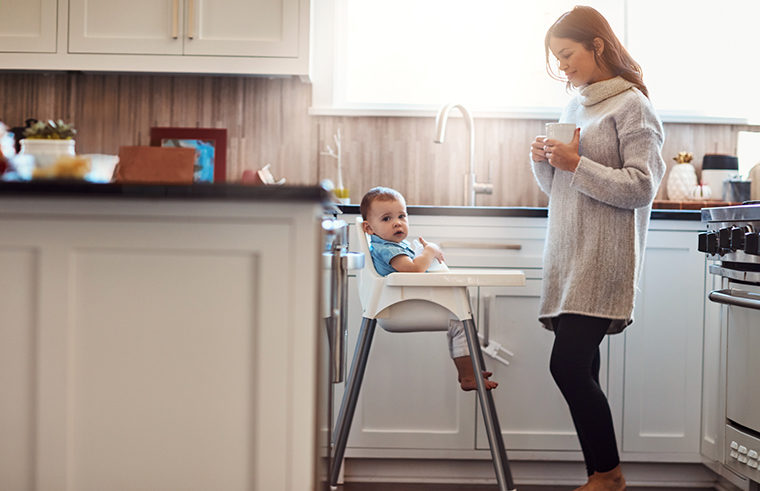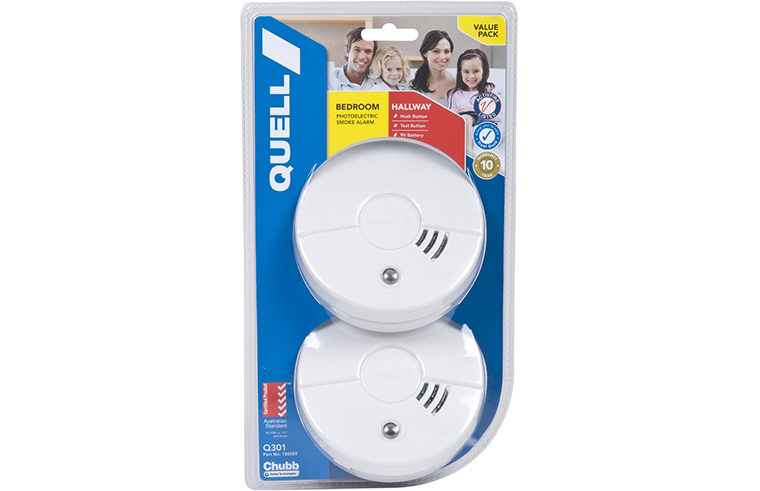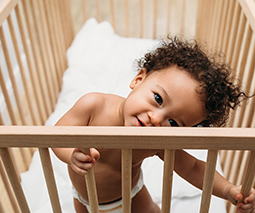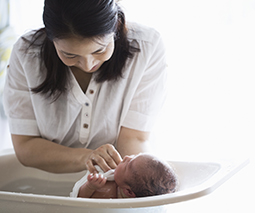Safety first: 5 simple ways to prevent common child choking accidents at home

Just as you get used to your baby being attached to you 24/7, she becomes a toddler on the move, keen to explore everything from her sibling’s toys to the contents of your bag. And everything she finds goes straight into her little mouth.
While this is a normal developmental stage, it can be stressful for parents to follow our kids around the house constantly saying, “No”, or worse, worrying they’re going to choke.
Is the risk of choking real?
The very thought of our baby or toddler having a choking accident strikes fear through the heart of even the most relaxed parent.
Founder of CPR Kids and paediatric nurse, Sarah Hunstead says, “In our classes of 20 families, on average three families will say their child has experienced a choking incident. Choking incidents involving children under five are grossly under-reported. By the time a child ends up in hospital, the incident has to be quite bad.”
Fortunately, there are five simple ways we can minimise the risk of choking accidents happening at home:
How to prevent choking incidents
1. Keep small household objects out of reach of children
Anything that can fit through a toilet paper tube can get lodged in your child’s throat and poses a choking risk. Small objects like plastic building bricks, hair clips, lollies, small toys, and even leaves can be dangerous for babies and toddlers.
2. Cut food into small pieces
All food should be cut into bite-sized pieces for young children, but circular foods in particular can dangerous. Cut grapes into quarters and sausages into batons so you’re not offering circular pieces of food that could get stuck in your child’s windpipe. Small foods like whole nuts and popcorn shouldn’t be offered to young children either in case they swallow them whole.
3. Encourage children to sit while they eat
There’s a higher risk of choking if your child is eating on the run. When they’re young, make sure they are seated safely while they eat. The best way to do this is by using a highchair. The Childcare Qube High Chair has a 5 point body harness that will keep baby safe and should always be used when your baby is in the seat.

4. Stay with your children while they eat
It can be tempting to dash off to another room to do a chore while your child is happily enjoying a snack in the highchair, but choking can be silent, so it’s really important have her in your view at all times when she’s eating.
5. Be careful to keep button batteries stored safely and out of the reach of children
Button batteries are particularly dangerous to leave around where little hands can get them. As well being a choking hazard, they can also cause internal burning, so call Poisons Information in your state immediately if you suspect a battery has been swallowed, or call an ambulance if your child is having difficulty breathing or isn’t responding to you.
12. Must-have smoke detectors

Choking or gagging: How you can spot the difference?
It’s not uncommon for babies to gag, especially when they’re trying their first foods. This can look very alarming, but gagging is actually a good thing as it helps your child to clear her airway.
You can tell your child is gagging and not choking if:
- her eyes are watering
- she looks a bit red
- she recovers quickly
You can tell your child is choking if:
- she is silent
- she has an ineffective cough
Then it’s time to intervene with back blows and be prepared to call 000 for urgent medical assistance.
It’s also important to remember that choking accidents can happen at any time and any age – especially when we’re busy. Sarah recommends, “Sitting down to eat, being present with our food. That makes a difference.”
By following these simple steps, you can minimise the chances of choking accidents happening at home.
This is a sponsored post for BIG W, where you can find everything you need for pregnancy, baby and beyond.





